The concept of dreams couldn’t get any better. Christopher Nolan had taken up a rare subject and somehow managed to weave a tale which every single person had devoured. A dream within a dream within a dream within a dream became the favorite slogan for the science nerds and whispers began to float around about the sheer complexity of the whole reel. The ones deciphering the subtle intricacies of the plotline in the shortest time were looked upon in awe. Nolan had become something of a household name since then.
Nolan is original and prefers telling his own stories and we all know that. However recently a round-up on the internet has managed to shake the Inception stand quite a bit. The similarities between these two are uncanny and the conspirators are having a field day. Both have been set against extremely different scenarios but the tiny thread that holds everything together (read: dream) is same for both. Now before you start to open a new tab and vex google, and wonder about Scorsese or Fincher’s movies, I would like to spare you the trouble and humbly inform you that the parallel is being drawn from Disney’s own Donald Duck in ‘The Dream of a Life Time’.
The Inspiration

Disney is a cartoon producing company meant for kids solely. How can it venture into something so complex which takes more than one viewing for an average adult to unravel? These arguments are perfectly valid and after digging deeper one can understand how Disney is not that unsophisticated as it seems to be. It has its fair share of imagery (Donald Duck’s impersonation of a beloved dictator for example.) So it’s not entirely surprising for Disney to come up with a dream sharing/invasion sequence. The comic strip depicts a gang of canine thugs, Beagle Boys, who have stolen a dream invasion device from Gyro and are attempting to enter Scrooge McDuck’s (Oh wealth!!!) dreams to find out the combinations of his vault. If woken up midway, and the Beagle boys are still in the dream, it would result in Scrooge having the villains trapped in his head forever. Now it’s up to our favorite duck, Donald, to enter the dream and drop off the Beagle Boys from the dream one by one by making them fall (Sounds Similar??) As inevitable with children’s comics, the good triumphs eventually (Sigh!) and Donald Duck manages to ward off the evil dogs and let the sleeping duck lie.
The Similarities
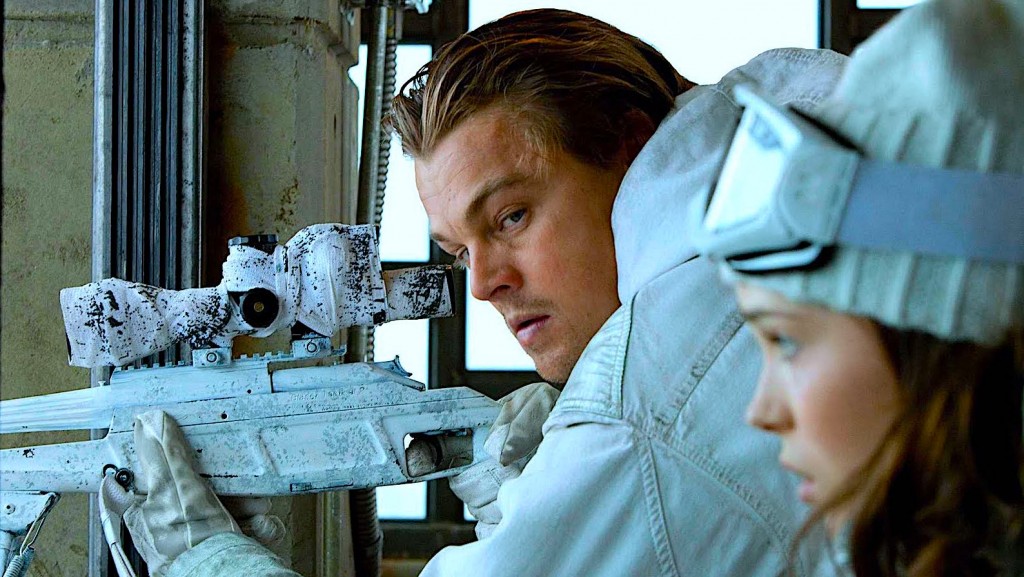
Now start to watch the film again, keeping the comic book in mind, or the other way round, whichever you prefer. The opening shot is eerily similar in the undertone. Both depict a weird scene: A washed up Cobb in the film watching his children play, and a flaming house where Scrooge is with his beloved. And somehow the story circle ends with these scenes for both film and comic. In the film that was the place which Cob and Mal had built in their dreams as their own world. That is where the entire plot unravels and is the final lane of the maze. Scrooge had lost his beloved Gloria in that flaming hall and attempts to make up to her in this final dream sequence every night.
That’s just the beginning. Take for example the famous scene in Fischer’s world where a freight train suddenly crashes on the road, driving Cobb’s team crazy. Cobb, thinking about the lines,’You are waiting for a train’, manages to bring an actual train inside the dream. Donald Duck, in the comic strip, during a chase, somehow conveys to the actual world about the need of a car. The tiny capped ducks attempts to make Scrooge dream about cars by sound simulation, and lo! and behold, a stream of cars dashes through the dream desert land.
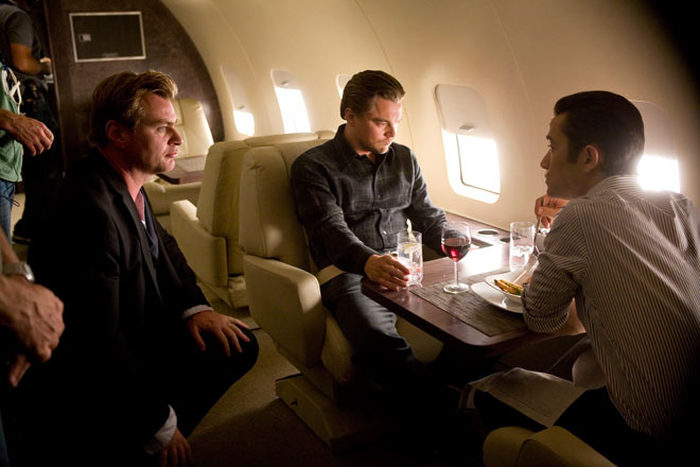
On the note of simulation transformation, remember Yusuf? He was the chemist who had concocted the sedative for pushing deeper into the dream maze. On the flight with Fisher, he had a champagne too many, and the dream world got transferred into a rainy day. In the opening heist with Cobb entering Saito’s mind, when he was dunked into a tub filled with water, he dreamt of water gushing in from everywhere around him. Enter Scrooge. When the tiny ducks attempt to create the sound of horses’ hooves by clunking two mugs together, the dream is laden with falling mugs. When a gun was needed, the kids began shouting ‘Bang, Bang, Bang’ in the wealthy duck’s ear. That resulted in a pan of jumping popcorn in Donald’s hand as he attempted to ward off the Beagle Boys with threats. In a hilarious failure, the noise of ‘Ratt-a tat-tat’ brought about a marching drum instead of a machine gun in Donald’s hand, leading the evil gang into capturing Scrooge.
The subconscious had an important role on both the movie and the cartoon. Cobb had a valuable piece of advice for his protégée during her training the subconscious is something which the dreamer has no control about. So tread carefully in someone’s dream, lest the projections get annoyed. If they start ganging up, it would spell doom. In the film, twice Cobb’s heists get nabbed by the subconscious. In the beginning when they are trying to extract information from a pre-wary Saito, Arthur gets shot at by the security guards forming a part of Saito’s subconscious. Again during the final job, ironically, Saito gets shot in the chest by the well-armed militants forming a part of Fischer’s subconscious. Scrooge’s subconscious forms the Dalton Boys, protecting a ranch in Texas, and indulges in a battle with the invading Beagle Boys.
The dream can only be broken prematurely if the people in the dream die. In case a sedative is used for travelling deeper into the dreams, killing would become a dangerous tool. The dreamer would get trapped in a limbo state which can last decades, as experienced firsthand by Cobb himself. The only escape is if the person suffers a sudden impact or a kick. In Scrooge’s world, falling results in the person exiting the dream, and premature waking up before eliminating the external entities would result in a complex state where the invaders would be permanently etched in the dreamer’s mind.
The Differences
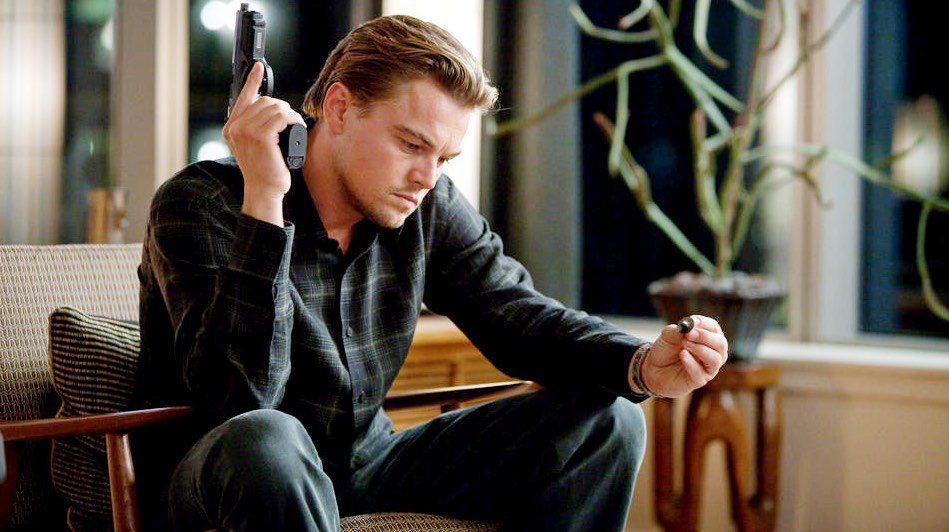
A lot of similarities eh? But sadly that’s where it ends. Both Don Rosa(The author of the comic) and Nolan had completely two different approaches for this dream marathon. Inception narrates a story where a convict attempts to get back on his life with his family, by performing a last heist which involves danger previously unheralded. Cobb is tormented by his wife’s surge to insanity and death, and attempts to reconcile by visiting their memory vaults. These reconciliations endanger the whole team and drives them into facing new hurdles along the way. There is no defined villain for this story other than the recurrence of Mal. The Dream of a Lifetime narrates a simple attempt by a bunch of criminals, and a hero who jumps in, albeit a little involuntarily to save the day. The most noteworthy point of difference between the two lies in the climax. The comic, to humor the children, ends on a straight note, with the hero coming out victorious. The entire essence of Inception lies in the last shot, which shows the spinning totem tripping, and thus altering reality as we know it. Nolan thrives on climaxes and Inception is irrefutable proof of it.
Final Word
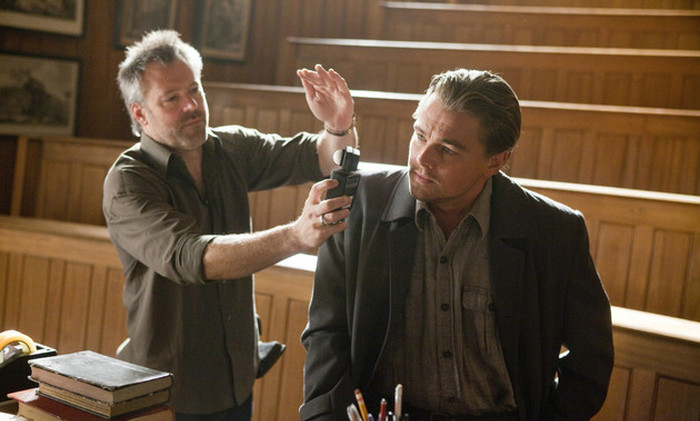
The Dream of a Lifetime was released in 2002 and Inception hit the theatres in 2010. No, that doesn’t mean Nolan has stolen the idea from Rose. Apparently Nolan had pitched the idea to Warner Bros. in 2001 itself. The conspirators can rest now. Nolan had cited ‘Matrix’, ‘Thirteenth Floor’ and ‘Dark City’ as his inspirations behind ‘Inception’ but never mentions the Donald Duck comic. So unless the dream stealing technique does exist in real, we are looking at two creative geniuses with honest attempts on an obscure subject and come out triumphant in the end. Let the totem roll on.
Read More: Inception, Fully Explained

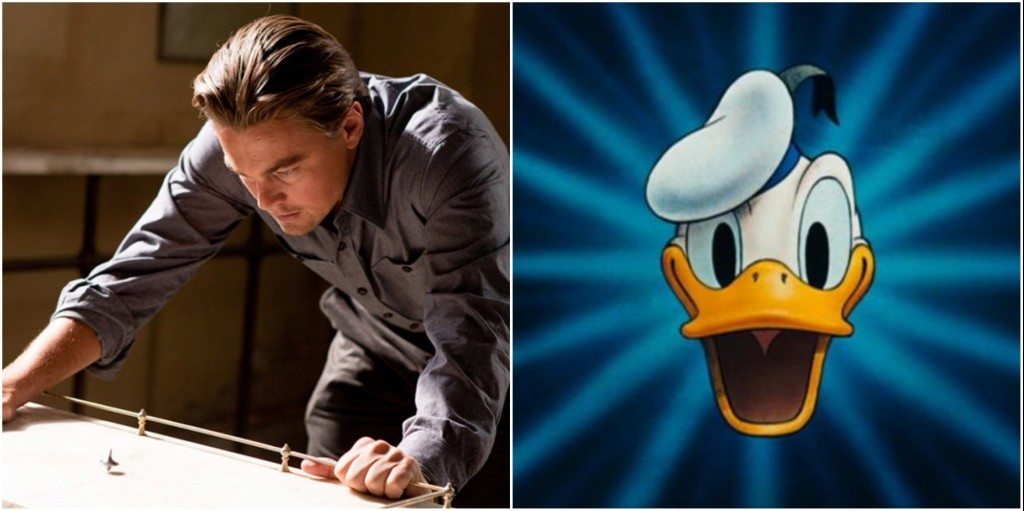
You must be logged in to post a comment.